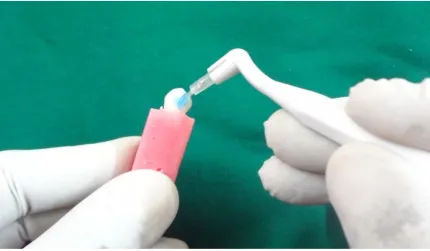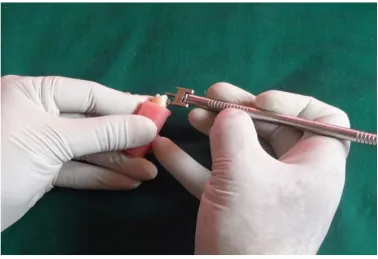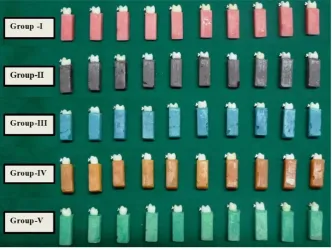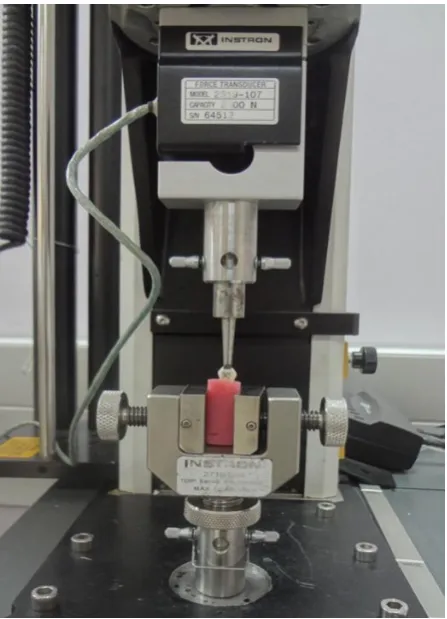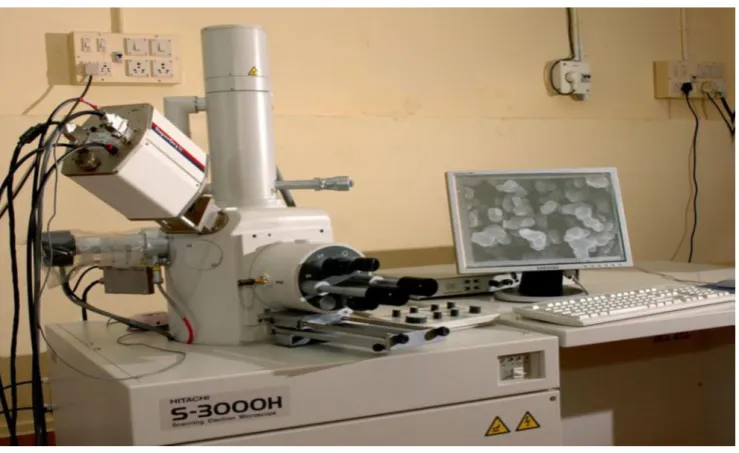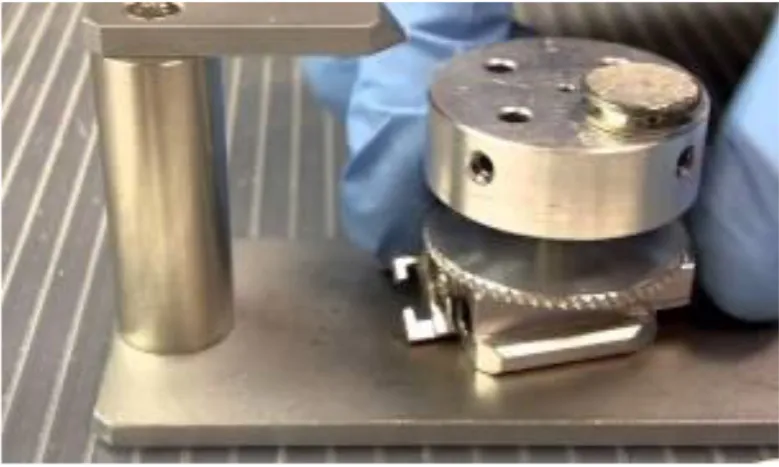An Invitro Study to Evaluate the Antibacterial Property and Shear Bond Strength of an Orthodontic Adhesive Combined with Two Different Nanoparticles
Full text
Figure

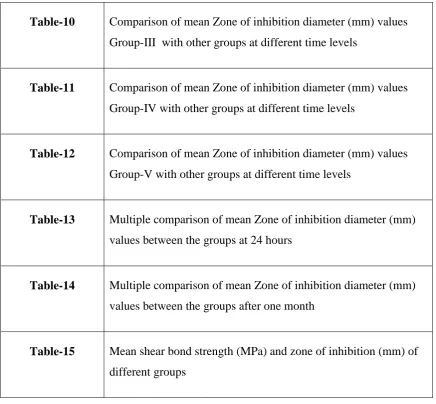
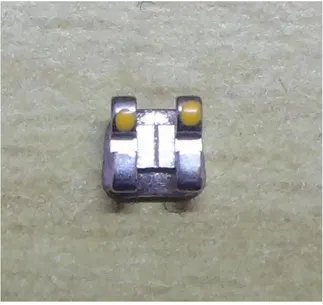
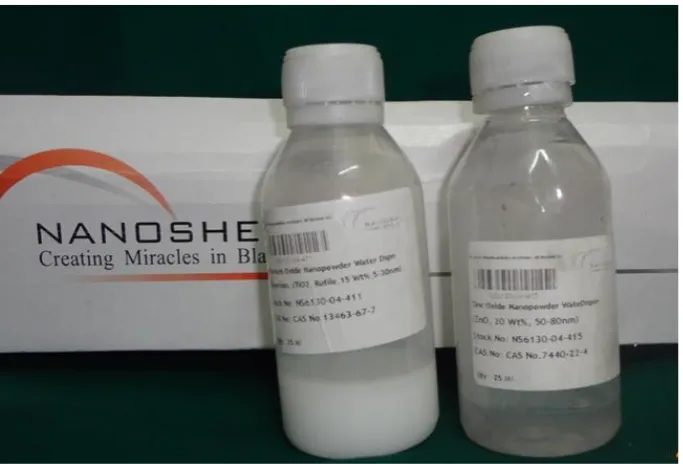
Related documents
Most of these tracking techniques do not use roadmap data directly to address the “kidnapped robot” problem; rather, they rely on an outside source of global.. location information
Conclusion: The incorporating of silver, zinc oxide, or titanium dioxide nanoparticles into orthodontic bonding agent at concentration of 1% has no effect on shear bond strength,
The purpose of this study was to examine the SBS (Shear Bond Strength) of orthodontic bracket after application of Icon (caries resin infiltrant) and in conventional method
The following members of the committee were present: Bill McGimpsey ………..Deputy Mayor Jim Wert ……….Councillor François Landry ……….Councillor Randy
AA: Arachidonic acid; ADA: Adrenic acid; D5D: δ -5 Desaturase; D6D: δ -6 Desaturase; DGLA: Dihomo-gamma-linolenic acid; DPA: Docosapentaenoic acid; eQTL: Expression quantitative
It is imperative to recognize that (1) expression of miR-34b/34c/449 in normal tissues is lung-enriched and is reduced in lung cancer in general, whereas many other
The aim of this study was to investigate the efficiency of in vitro antibacterial activity of zinc oxide nanoparticles (ZnO NPs) alone and in combination with
The Greedy algorithm is implemented in the system to determine dominating set as a representation of router location of computer network in University of Jember. From
